This Dr. Axe content is medically reviewed or fact checked to ensure factually accurate information.
With strict editorial sourcing guidelines, we only link to academic research institutions, reputable media sites and, when research is available, medically peer-reviewed studies. Note that the numbers in parentheses (1, 2, etc.) are clickable links to these studies.
The information in our articles is NOT intended to replace a one-on-one relationship with a qualified health care professional and is not intended as medical advice.
This article is based on scientific evidence, written by experts and fact checked by our trained editorial staff. Note that the numbers in parentheses (1, 2, etc.) are clickable links to medically peer-reviewed studies.
Our team includes licensed nutritionists and dietitians, certified health education specialists, as well as certified strength and conditioning specialists, personal trainers and corrective exercise specialists. Our team aims to be not only thorough with its research, but also objective and unbiased.
The information in our articles is NOT intended to replace a one-on-one relationship with a qualified health care professional and is not intended as medical advice.
Natural DIY Stain Remover: The Ultimate Guide
September 7, 2017
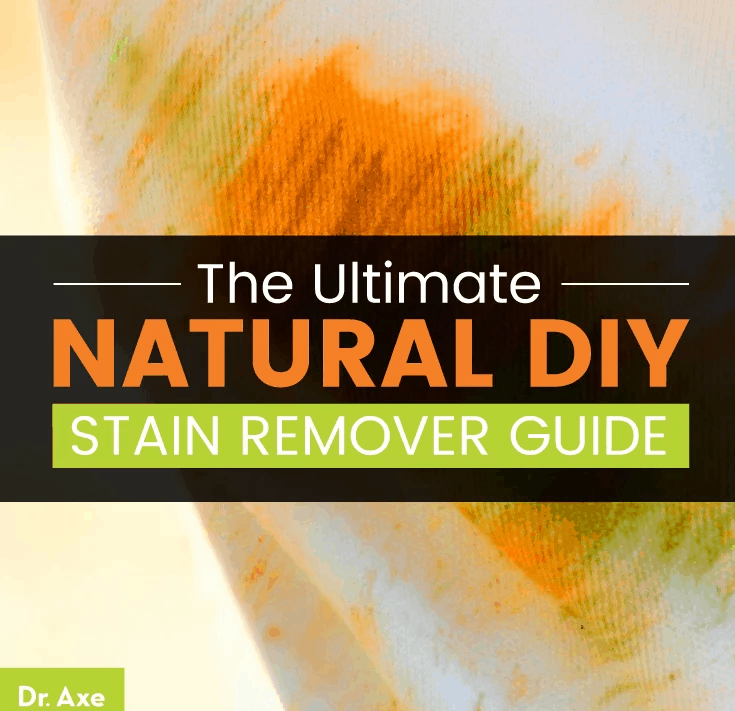
Stain remover. We’ve all reached for a bottle at some point in time, desperately trying to save a beloved tablecloth, shirt or sofa cushion. The laundry section of the supermarket cleaning aisle is stocked with dozens of stain remover products claiming to take care of every stain known to man, but many of them are full of stuff that may be hazardous to you and your family’s health. And commercial stain removers tend to over-promise and under-deliver, in my experience. So what stain removers can you use to get stains out of clothes that are both safe and effective?
First, a few main points:
- Note the plural: Stain removers. There are many different types of stains. A stain-removal strategy that works well for one type of stain could make a different type much worse. Match your strategy to the staining substance and the type of fabric. The American Cleaning Institute (1) lists over 40 (!) categories of stains and offers different advice (some of it rather toxic) for removing each type. I’ll keep my stain removal advice a bit simpler.
- Act promptly, but don’t make it worse. The longer a stain is allowed to remain on a piece of clothing, the harder it may become to remove. Just be sure to blot wet or brush loose substances away, not rub them in. After washing a stained item, don’t toss it into the clothes dryer (if you have one) without giving it a close examination: the heat of a clothes dryer can set some types of stain, making them harder (or even impossible) to remove. If the stain is still visible, keep working on it and then launder again.
- Don’t discount old-fashioned physical strategies. Some of these include using a dry, stiff brush after mud dries, rinsing immediately with cold water or working liquid soap into a stain with a stiff brush before laundering (or rubbing the cloth against itself to accomplish the same thing). These methods will often minimize or even completely remove the stain without requiring an additional stain remover product.
Stain Remover: Safe, Natural & DIY
Start with the first option listed and move down to stronger ones only if those don’t work. Many stains fall under more than one category, so you may have to use your judgement and mix and match stain remover methods a bit.
Deeply Colored Stains
These include things like:
- coffee
- tea
- fruit juice
- soy sauce
- dark soda
- grass
- ketchup
- tomato sauce
- mustard
- soot
Anything with lots of color has the potential to transfer some of that color to your clothing. Here’s how to fight colored stains.
Note: Be sure to avoid any use of hot water, as heat may make a colored stain permanent.
- Blot as much of the stained material as possible if it is still wet, using clean rags or paper towels.
- Brush off any loose material from dry stains. Rinse item under cold running water, holding the cloth with the stain facing down, so anything will be washed away from the cloth rather than deeper into it.
- Use a small, stiff brush to work a little of your regular laundry detergent (try my Homemade Laundry Soap) or a natural, dye-free soap into the stain (you can also hold a pinch of fabric in each hand and rub the fabric together to accomplish the same thing), and then launder promptly.
- Check after laundering. If any stain remains, repeat step 2 and allow the item to soak in water for a few hours before laundering or rinsing it out. Bleach (an eco-friendly, non-chlorine brand) may help remove a residual color, but test it on an inconspicuous area of the item first to make sure you aren’t going to remove more than the stain.
- Certain stains that don’t yield to water may yield to alcohol. Wet a clean white rag with clear vodka or rubbing alcohol and blot the stain. If the blotting rag starts to pick up color, keep at it, changing to clean sections of the rag frequently until no more color is transferred. Then rinse with water. A paste made from unseasoned powdered meat tenderizer may also be worth trying on stubborn grass or tomato stain residues (see Protein Stains, below).
Stain Remover for Greasy, Oil-Based Stains
These include things like:
- salad dressing
- mayonnaise
- butter
- oil
- icing
- chocolate
- makeup
- motor oil
- road tar
- crayons
- candle wax
- Use a dull knife or the edge of a spoon to remove as much loose material as possible, then blot the area with clean rags or paper towels. Avoid rubbing the offending substance into the item as much as possible.
- Saturate the area with a little of your regular laundry detergent or a natural, dye-free soap, and use a stiff brush to work it into the stain. Launder promptly. Use the hottest water the fabric will allow as long as the oily stain doesn’t also contain a bright color (such as a commercial cake decoration icing with loads of artificial dyes). If bright colors are present, launder in cold water.
- If the stain remains after laundering, saturate the stained area with a natural citrus oil-based cleaner (you may want to test a drop on an inconspicuous area to make sure it won’t damage the fabric or change its original color before treating the stain).
DIY Stain Remover with Citrus Oil
You can make your own citrus oil for removing stains by drying citrus peels and soaking the dried peels in vodka for a few days to a few weeks. The strain out the peels, and let the remaining liquid sit uncovered in a shallow bowl until the vodka evaporates (you can also buy lemon, orange, tangerine, or grapefruit essential oil). Add a few drops of any citrus oil to a teaspoon of natural, liquid soap to make your own grease-cutting stain remover. See the full recipe at the end of this article for detailed instructions.
Protein Stains
These include things like:
- milk
- ice cream
- formula
- blood
- bodily fluids
- Use a dull knife or the edge of a spoon to remove as much loose material as possible. Then blot the area with clean rags or paper towels. Avoid rubbing the offending substance into the item as much as possible.
- Saturate the area with a little of your regular laundry detergent or a natural, dye-free soap, and use a stiff brush to work it into the stain. Launder as usual.
- If staining remains, saturate area with an enzyme-based cleaner. Let it sit for 30 minutes so the enzymes can break down any remaining protein into residues that can be washed away. Launder as usual.
DIY Enzyme Cleaner for Stain Removal
You can make a very effective enzyme cleaner from unseasoned powdered meat tenderizer by mixing it with a little water, which activates the enzymes. Powdered tenderizers usually contain natural enzymes, typically bromelain, which is found in pineapple, and papain, which is found in papaya.
Stain-Specific Removal Advice
Mildew. Sigh. Mold and mildew can permanently discolor many fabrics. If none of the methods above work, consider tie-dying the item with natural fabric dyes or black walnut hulls.
Mud. Allow to dry completely, then brush with a stiff brush to remove as much dust as possible. If color remains, refer to Deeply Colored Stains advice, above.
Paints, Dyes & Nail Polish. Depending on the type, you may be stuck with the stain. After exhausting all appropriate options (water for water-based products, citrus-based cleaning product for oil-based products), see Mildew for advice.
Perspiration. Soak wet stains in ammonia and dried stains in white vinegar for at least 30 minutes. Then rinse and proceed with the Deeply-Colored Stains advice, above.
Rust. Avoid bleach, which can make rust stains more visible. Soak in white vinegar or lemon juice and launder as usual. Stubborn rust stains on white clothing can be sun-bleached:
- Soak the item in white vinegar or lemon juice
- Allow to dry without rinsing
- Hang the item out in the sun for a week or as long as it takes to fade (don’t try this with colored items, as sunshine will also fade the original color on the side facing the sun).
Tree sap, resins. If you happen to have any cold cream, rub that into the sap to dissolve it, then treat as for Oil-Based stains, above. Lacking cold cream, use rags saturated in a citrus-based cleaner to blot away as much sap as possible; then saturate any remaining stain with citrus-based cleaner and launder as usual.
Natural DIY Stain Remover: The Ultimate Guide
Ingredients:
- 1 to 2 cups of vodka, depending on quantity of peels
- dried citrus peels from lemons, oranges and/or tangerines or other citrus fruit
- natural dish soap
- lidded container
- sieve
- squeeze bottle (a liquid dish soap bottle)
Directions:
- Place dried citrus peels in a lidded container filled with vodka. Allow them to sit in a cool, dark place for several days, up to 2–3 weeks.
- Using a sieve, strain the peels over a shallow bowl. If small particles remain, strain the mixture a second time using a piece of cheesecloth that has been soaked in vodka. It's important that the cloth is wetted with vodka so that it doesn't soak up the oil.
- Allow the remaining liquid to sit in a shallow bowl until the vodka evaporates, leaving a small amount of oil.
- Add the resulting oil to natural dish soap (a few drops per teaspoon of soap). You can also use purchased essential oils instead, if you don't wish to make your own oil or if you are pressed for time.
- Store a larger volume of DIY stain remover in a liquid soap-style bottle (or other squeeze bottle) for easy use .
Comments
Please keep comments under 200 characters.


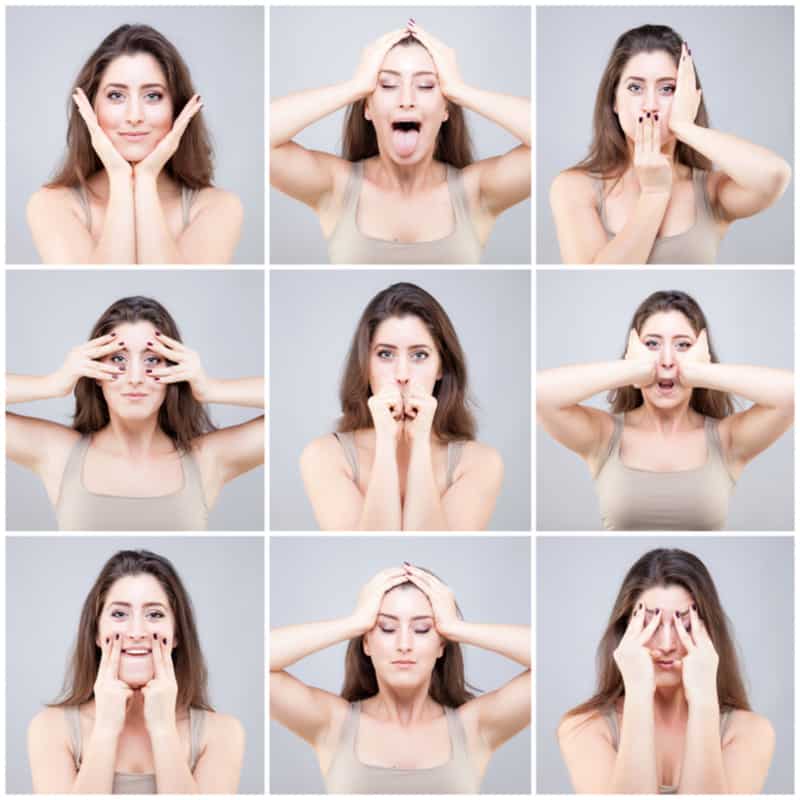

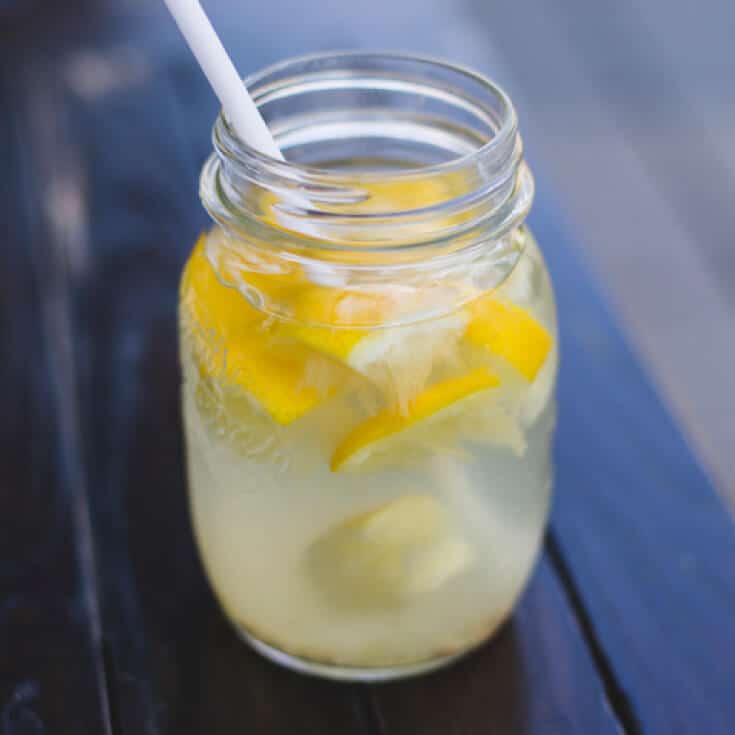
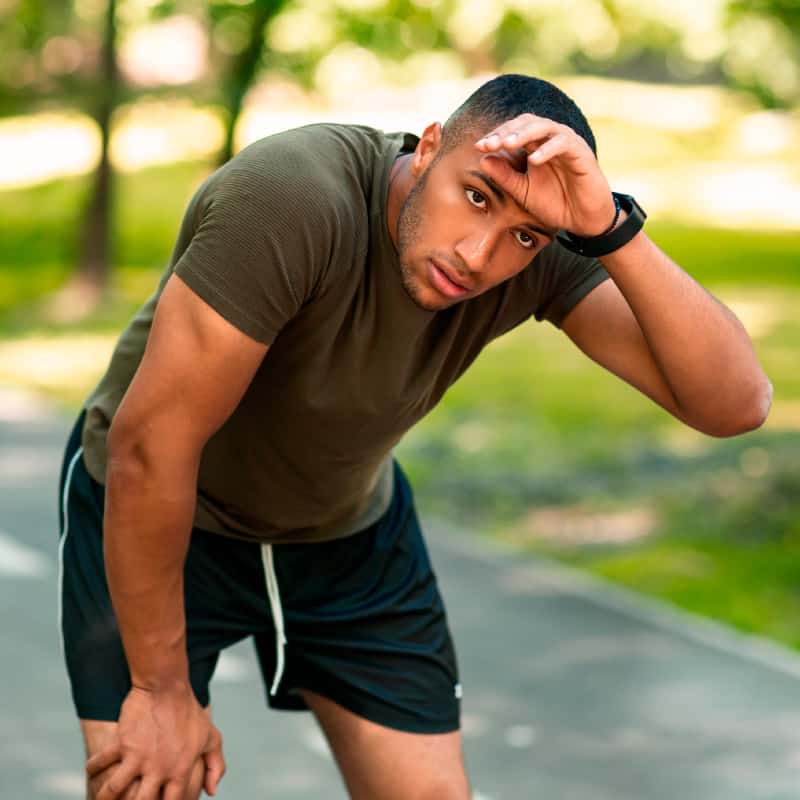
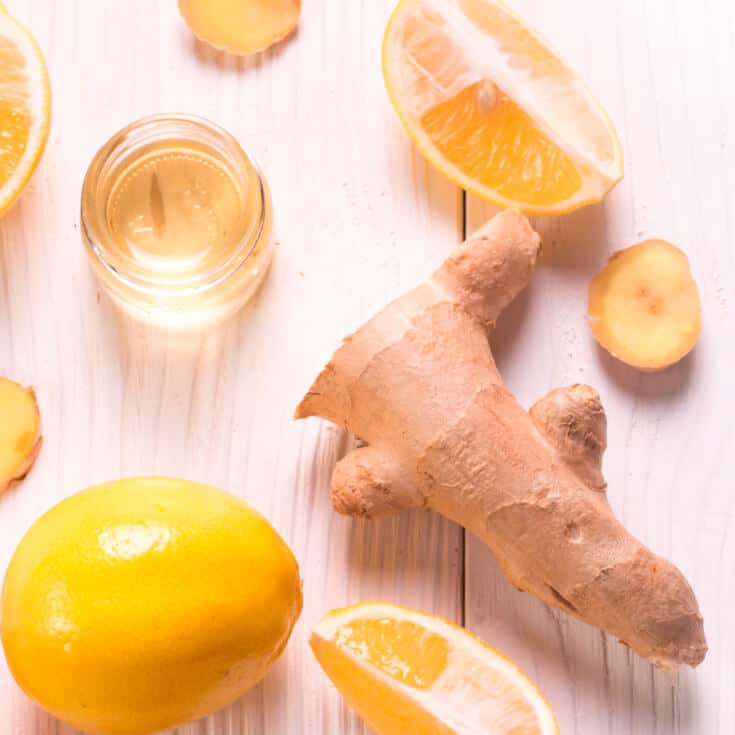

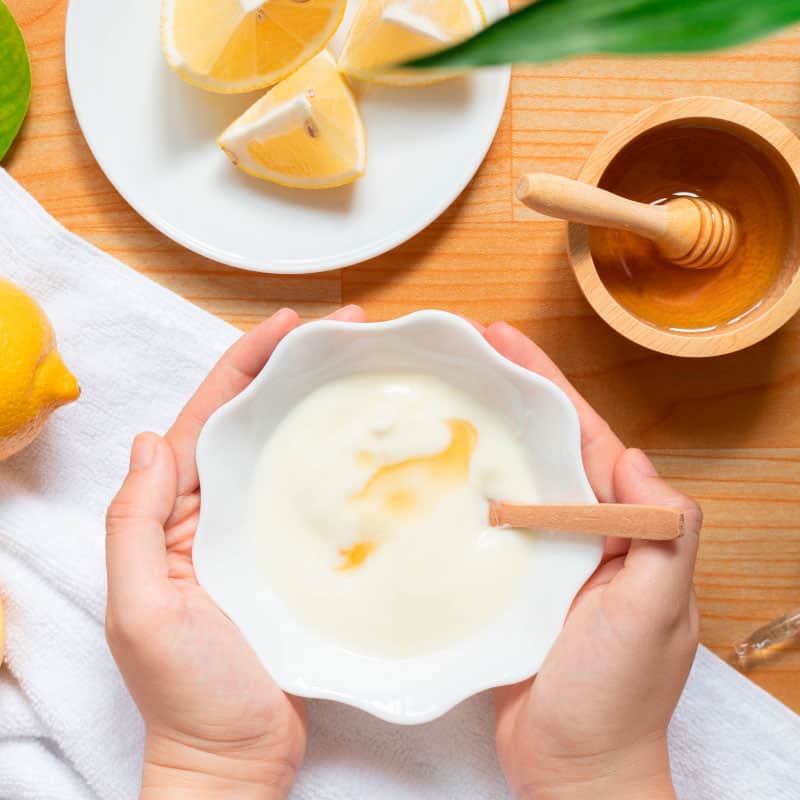


Hi,,
Love the info on stain removal. Thank you.
I am also writing to say I just made myself a Pumpkin Collagen Protien hot drink. I used 1 scoop of the pumpkin collagen powder, 1 C almond milk, a touch of heavy cream, & a touch of vanilla extract. I heated the milk for 1 min. then put it in my blender. added the remaining ingredients and heated it for 30 more seconds in my mug.
Oh my!!! So good.!!! And satisfying.
Thank you!!
How to remove black smoke stain from the inside walls of a microwave oven?………..This happened inside my microwave when a paper towel caught on fire while I was attempting
to bake a yam….
Best stain remover for coffee & tea is liquid milk. Dab Milk soaked cotton pad over the coffee or tea stain, allow to dry and launder normally.
My dad worked with grease and oil. I remember my mom pretreating his greasy clothes with unsalted lard that she had rendered. Rubbing it in, then after a few minutes washing in hot sudsy water in the conventional washing machine. Most of the spots came out. He’d wear his over-hauls until the material was thin, with patches over patches before he’d buy new ones.
any ideas on removing colloidal silver from a bathroom counter
I use a mixture of water and white vinegar, spray it on the spot. Sometimes need to do this more than one time. This combination kills the odor and eliminates the territory marker. Also, mop floors with white vinegar, water (1/2 cup to a gallon of water), and 2 or 3 drops of Dawn dishwashing liquid (surfactant). Works well, especially on tile floors. Great cleaner, leaves no film. Vinegar is not good for marble.
Great help as always! One question if I may? What is a good to use to kill/clean pet urine? Seems like once they went potty/marked their territory no matter what I use, or how often I clean floors daily, it doesn’t help destroy what they smell! Rescue dogs, got them and they are 3 & 4 years old.
8 Oz of peroxide with 1 tbs of dawn dish detergent in a Spray bottle works amazingly well. Especially on red wine.
How might you remove turmeric stain ?
I have a tried and true stain remover.
I had a shirt that had a huge stain that looked like a coffee stain. I used a simple formula of blue Dawn dish soap and sprayed peroxide on it.
I let it set for awhile, rubbed it together between my hands, threw it in a load of laundry and it came out beautiful and not a trace of stain. I was actually surprised but very happy.
Great advice (as usual!)…
Just wanted to add that sometimes the best way to treat an oil based stain is to manually rub a fine powder (like corn starch) into the stain before washing.
Thanks for this post, and all your health tips as well!
t
PS Say hi to Nashville for me! (Used to live there!) :)